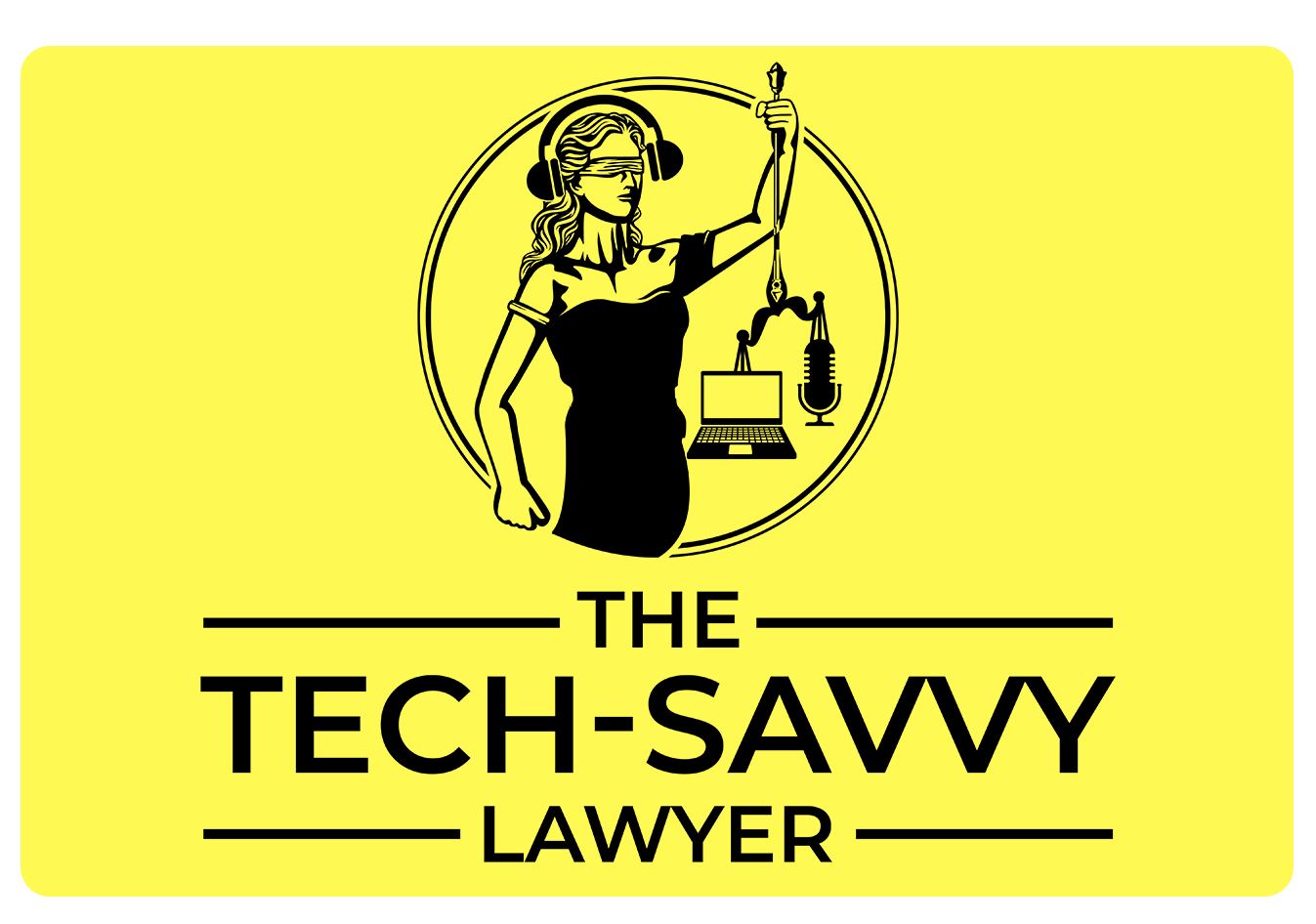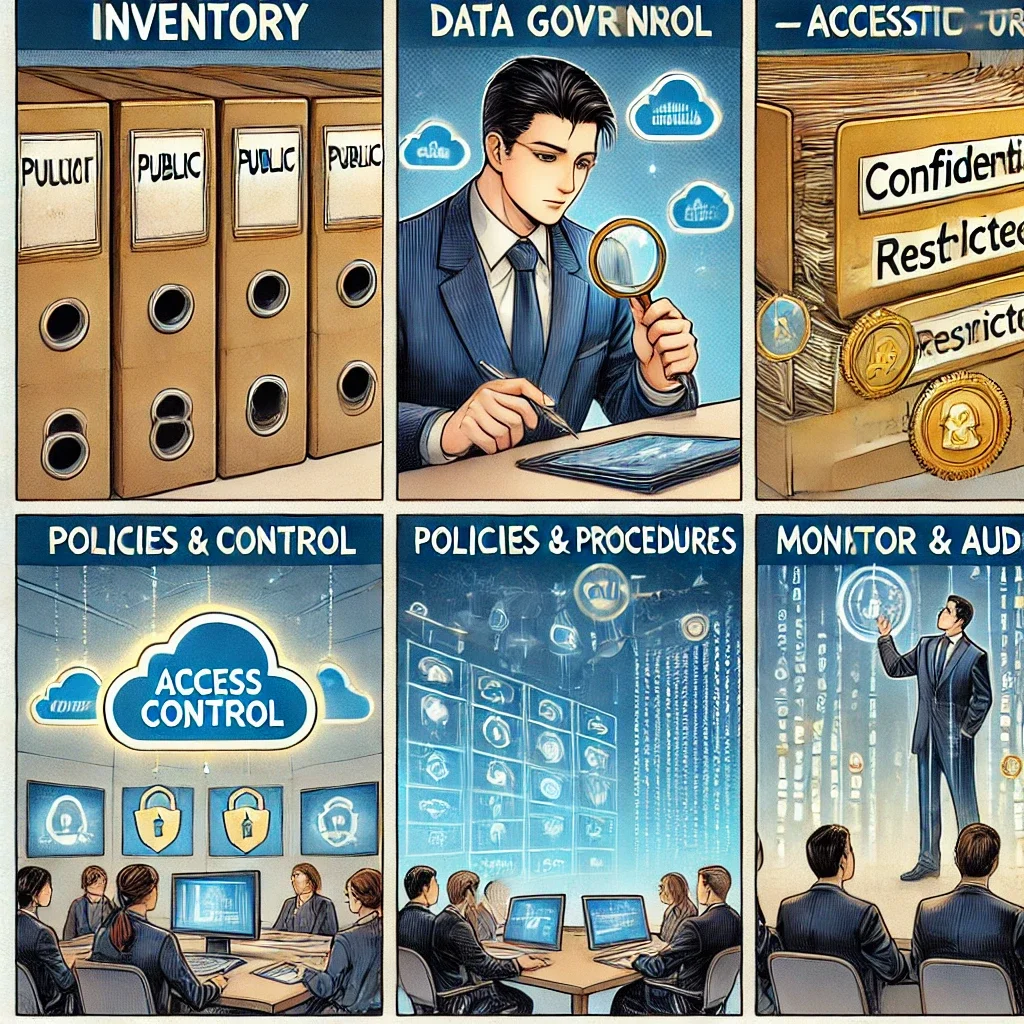🎙️Ep. 126: AI and Access to Justice With Pearl.com Associate General Counsel Nick Tiger
/Our next guest is Nick Tiger, Associate General Counsel at Pearl.com, Nick shares insights on integrating AI into legal practice. Pearl.com champions AI and human expertise for professional services. He outlines practical uses such as market research, content creation, intake automation, and improved billing efficiency, while stressing the need to avoid liability through robust human oversight.
Nick is a legal leader at Pearl.com, partnering on product design, technology, and consumer-protection compliance strategy. He previously served as Head of Product Legal at EarnIn, an earned-wage access pioneer, building practical guidance for responsible feature launches, and as Senior Counsel at Capital One, supporting consumer products and regulatory matters. Nick holds a J.D. from the University of Missouri–Kansas City, lives in Richmond, Virginia, and is especially interested in using technology to expand rural community access to justice.
During the conversation, Nick highlights emerging tools, such as conversation wizards and expert-matching systems, that enhance communication and case preparation. He also explains Pearl AI's unique model, which blends chatbot capabilities with human expert verification to ensure accuracy in high-stakes or subjective matters.
Nick encourages lawyers to adopt human-in-the-loop protocols and consider joining Pearl's expert network to support accessible, reliable legal services.
Join Nick and me as we discuss the following three questions and more!
What are the top three most impactful ways lawyers can immediately implement AI technology in their practices while avoiding the liability pitfalls that have led to sanctions in recent high-profile cases?
Beyond legal research and document review, what are the top three underutilized or emerging AI applications that could transform how lawyers deliver value to clients, and how should firms evaluate which technologies to adopt?
What are the top three criteria Pearl uses to determine when human expert verification is essential versus when AI alone is sufficient? How can lawyers apply this framework to develop their own human-in-the-loop protocols for AI-assisted legal work, and how is Perl different from its competitors?
In our conversation, we cover the following:
[00:56] Nick's Tech Setup
[07:28] Implementing AI in Legal Practices
[17:07] Emerging AI Applications in Legal Services
[26:06] Pearl AI's Unique Approach to AI and Legal Services
[31:42] Developing Human-in-the-Loop Protocols
[34:34] Pearl AI's Advantages Over Competitors
[36:33] Becoming an Expert on Pearl AI
Resources:
Connect with Nick:
Nick's LinkedIn: linkedin.com/in/nicktigerjd
Pearl.com Website: pearl.com
Pearl.com Expert Application Portal: era.justanswer.com/
Pearl.com LinkedIn: linkedin.com/company/pearl-com
Pearl.com X: x.com/Pearldotcom
ABA Resources:
ABA Formal Opinion 512: https://www.americanbar.org/content/dam/aba/administrative/professional_responsibility/ethics-opinions/aba-formal-opinion-512.pdf
Hardware mentioned in the conversation:
Anker Backup Battery / Power Bank: anker.com/collections/power-banks
Software & Cloud Services mentioned in the conversation:
AT&T: att.com/
Pearl.com: pearl.com/
Sprint: thesprintgroup.com/
Timely: timely.com/
Verizon: verizon.com/











